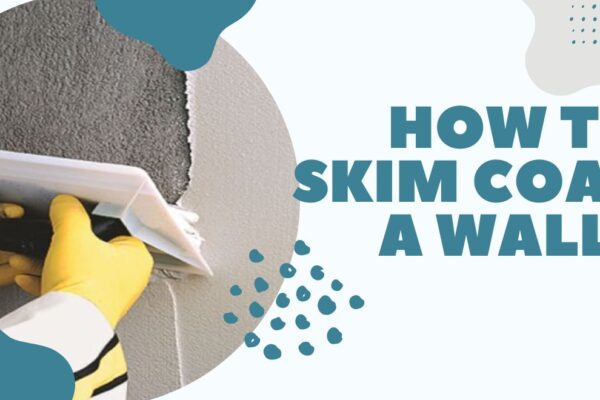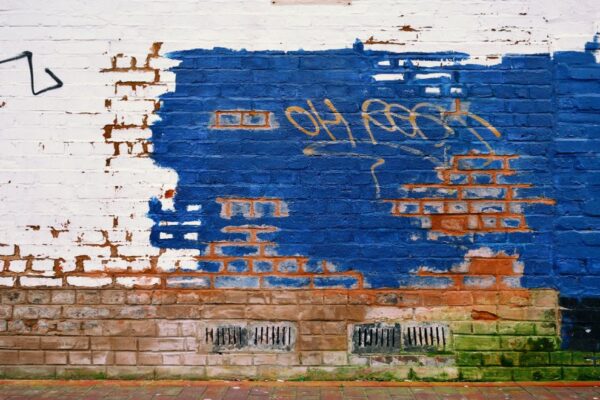Discover the distinctions between the two common interior wall covering materials, drywall, and plaster.
Plaster and drywall are two of the most widely used types of interior wall materials. During the war years and the post-war housing boom, the home trades finally realized the advantages of drywall, such as its lower cost, ease of installation, and durability.
Gypsum-based plasters had a quicker drying time than lime-based plasters. Because it could expedite the construction process, this novel type of plaster gained popularity.
Both drywall and plaster make for solid, long-lasting wall coverings. When deciding between the two for your next home improvement project, take these factors into account.
What is Plaster?
The paste used as a decorative or protective wall coating is referred to as plaster. Plastering typically entails spreading a paste—typically made from minerals and water—onto laths (short strips of wood) in layers, with drying intervals in between.
Ancient China and India used clay and gypsum to create a smooth plaster surface over stone or mud-brick walls, while the earliest known plasters were lime-based and discovered in Jordan around 7500 BC. Gypsum is a naturally occurring mineral composed of hydrated calcium sulfate.
In the Middle Ages, plaster was widely used in Europe, and the go-to mix was frequently gypsum and water. But by the 1930s and 1940s, the product was out of style, and plasterboard, also known as drywall, was to blame.
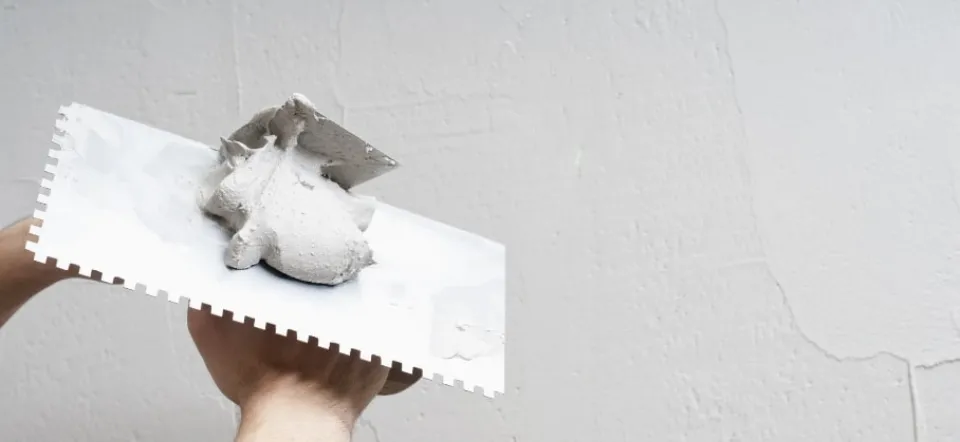
Pros
- Sound is better absorbed by wood lath than drywall when it is covered in several layers of plaster.
- In particular, when plaster is applied over metal lath, it is more fire resistant than drywall.
- Plaster is simpler to apply to curved walls because it conforms to contours better than drywall.
- In old-world or historically significant homes, the rough plaster texture is preferred.
Cons
- Because it is more brittle than drywall, plaster is more likely to crack when a house settles.
- When you need to upgrade or repair your plumbing or electrical system, cutting into plaster walls is more challenging.
- Plaster walls can occasionally block WiFi signals due to their greater thickness.
What is Drywall?
Drywall has evolved into the preferred material for coating interior walls and ceilings since it first gained popularity around the start of World War Two. It frequently includes gypsum, just like plaster. The fact that this material is typically sold in 4×8 foot panels with two paper boards sandwiched between them makes a difference.
Plastering requires a lot more work than just screwing drywall into the wall studs. Plastering is similar to painting a wall, while drywalling is similar to wallpapering. However, you still need to skim the drywall afterward to give it a smooth finish and paint it the color you want.
Pros
- When properly finished, drywall is completely smooth, though you can add a texture if you prefer.
- Plaster and drywall are roughly equal in terms of thermal insulation.
- In order to make repairs inside walls, it is simple to cut holes in drywall. Holes are also simple to patch.
- Plaster is more expensive to install than drywall.
- On drywall, hanging things is simpler.
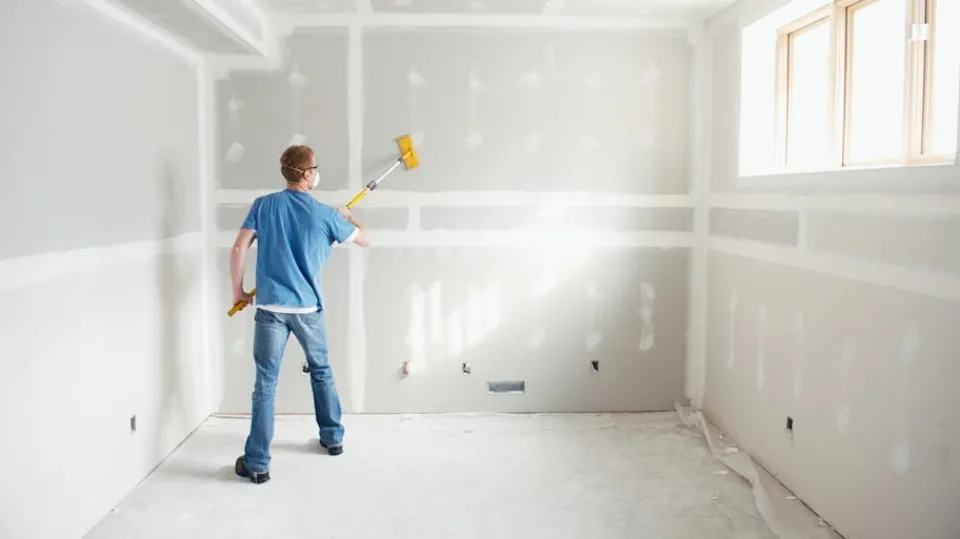
Cons
- Drywall panels weigh a lot. They frequently require at least two people to install them, as well as specialized tools like drywall jacks to lift and position the sheets before fastening.
- Drywall sheets must be kept in a dry environment and can be challenging to transport.
Differences Between Drywall and Plaster
Before you decide on a construction material for your subsequent Do It Yourself home improvement project, think about the distinctions between plaster and drywall.
Plaster is More Labor-intensive Than Drywall
The rise in the popularity of drywall can be attributed, in part, to the labor shortage experienced during World War II. Before deciding to use high-maintenance material, the first thing to check is whether there are skilled laborers in your area as plasterers are now more specialized tradesmen than drywall installers.
In terms of repairs, they can range from being as straightforward as touching up a little plaster to completely rebuilding the wall, particularly when electrical or plumbing work needs to be done behind the walls. While drywall repair is a multi-step process, it is typically simpler and less difficult for handy homeowners to complete on their own.
Plaster Costs More Than Drywall
Because plaster requires more of a specialized skill than drywall installation and takes longer to complete, the labor alone will usually run about three times higher or more than drywall installation. The price of the materials is comparable.
Plaster Has a Higher-end Look
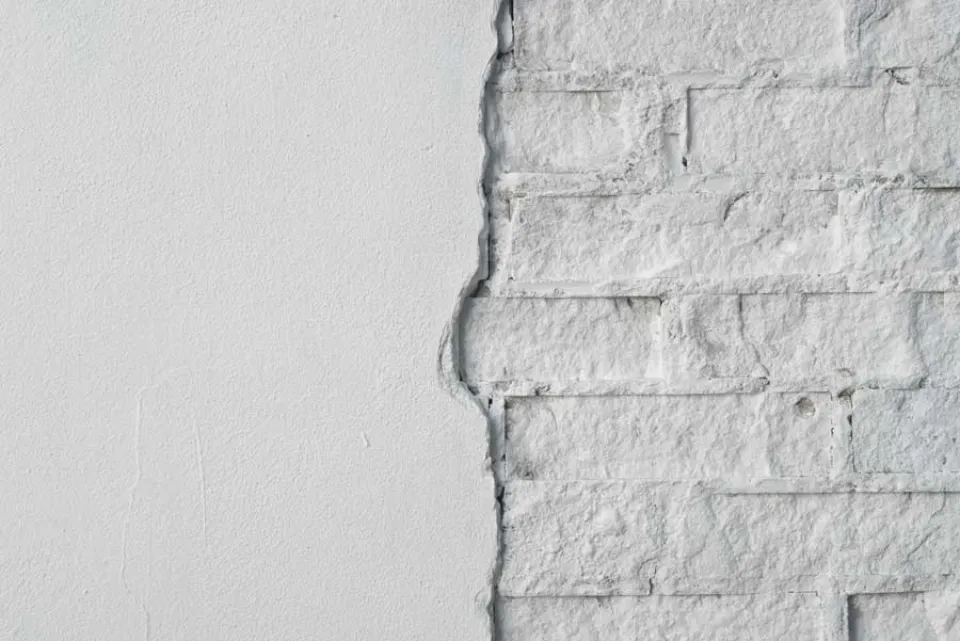
Both a smooth, glossy finish and a textured finish, akin to stucco, can be applied. Even though drywall has largely replaced plaster in modern homes, plaster is still used for a number of aesthetic improvements.
For instance, plaster might be a better option for curved walls than the more common material, drywall, because it’s difficult or impossible to get drywall to bend in the desired way.
Drywall is Less Labour-intensive and Cheaper
As mentioned, drywall repair is a simple task. On the other hand, wet plastering must be carried out by a professional over a number of days with drying time required between coats.
Plastering is generally more expensive than painting, even though the cost of the materials is frequently about the same for both jobs.
Drywall Offers Better Insulation
Plaster is dense than drywall but does not have the same thermal properties. The drywall installation process offers a lot more flexibility for accommodating additional layers while retrofitting original plaster walls with insulation is difficult and still might not offer the same levels of protection.
Drywall is Easier to Hang Items On
Plaster is more substantial than drywall, making it nearly impossible to hammer thumbtacks into plastered walls to hang posters. Additionally, doing so runs the risk of the plaster cracking or chipping. Consequently, in this regard, drywall is a more adaptable interior design choice.
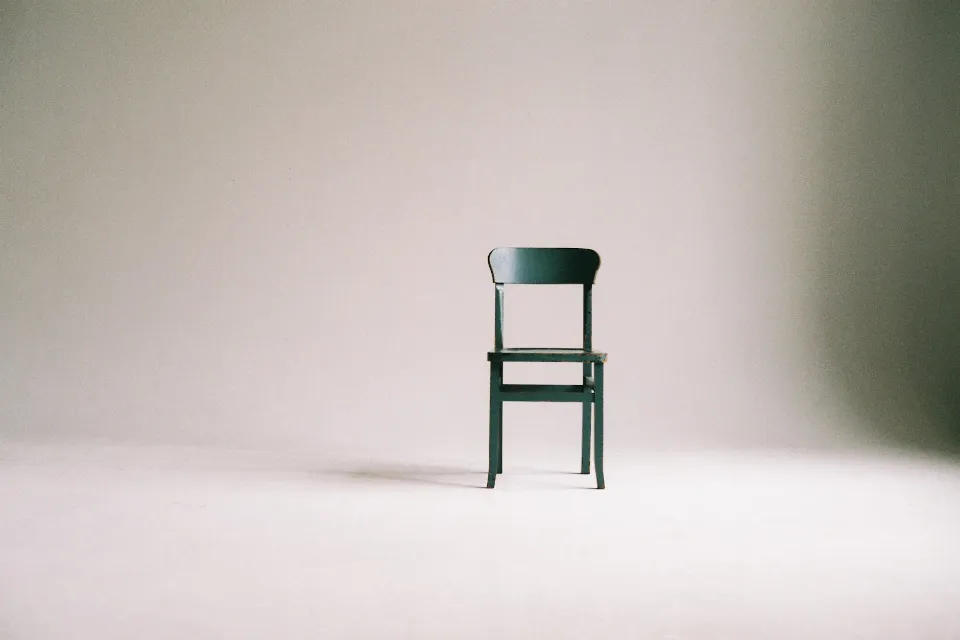
Why Do Some People Still Use Plaster?
Plaster still has an advantage in some areas, despite being largely replaced by drywall today. Due to plaster’s generally higher quality of construction, it is more soundproof, lasts longer, and is frequently regarded as more sophisticated than drywall.
Plaster is More Soundproof
Plaster is typically more soundproof than drywall due to its density. The STC (Sound Transmission Class) scale is used to measure this, with a higher score indicating greater soundproofing.
Research by National Gypsum found that 1/2&The rating for prime drywall on 2 x 4 wood studs is 34. Yet, an almost 1″ thick lath and plaster wall have an STC rating of 52 according to US Gypsum.
Plaster Lasts Longer
In terms of durability, plaster’s thickness is advantageous because it is much more resilient than drywall. It is understandable why people who choose older building materials do so because they are thinking long-term.
Plaster is More Sophisticated and Flexible
Plaster can be applied in a smooth, glossy, or textured finish, unlike drywall. Additionally, it’s a preferred option for challenging-to-drywall spaces like curved walls.
Conclusion: Drywall Vs Plaster
Due to the lime it contains, plaster is more porous than drywall and can allow stains to penetrate the topcoat. As opposed to drywall, you need a different primer.
We’ve contrasted the two materials here—drywall vs. plaster—because each method has advantages and disadvantages of its own. The distinction between drywall and plaster has now been clarified.



